NRL concussion stand down rule welcomed by ex-player James Graham
NRL great and The Australian’s Head Noise podcast host James Graham welcomes the 11-day concussion stand down but calls on the game to do more.
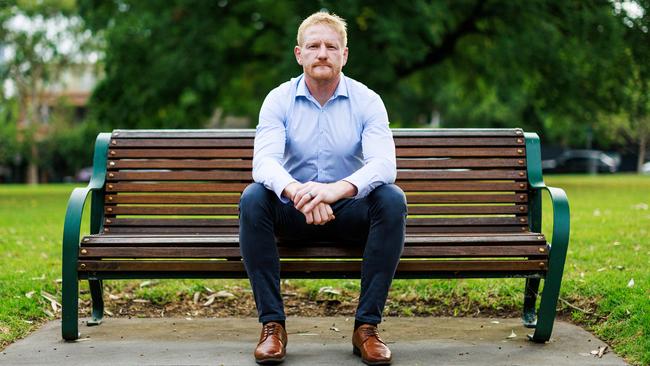
NRL great James Graham says the 11-day stand-down rule for concussed players is a small victory but there is still far more to be done.
The NRL’s concussion policy change announced on Wednesday follows a landmark class action launched by more than 60 former players against the Australian Football League.
A second group of more than 100 former AFL players is preparing to lodge another class action suit, claiming they have been permanently damaged by the game.
Sports leaders are pushing a “player safety first” approach, but that may have come too late for too many.
Graham, who has spotlighted the NRL’s concussion issues via The Australian’s podcast investigation Head Noise, welcomed Wednesday’s announcement but said brain scans must be provided for former players.
“The 11-day stand-down is absolutely a step in the right direction but there is still a far way to go,” said the man who suffered more than 100 concussions.
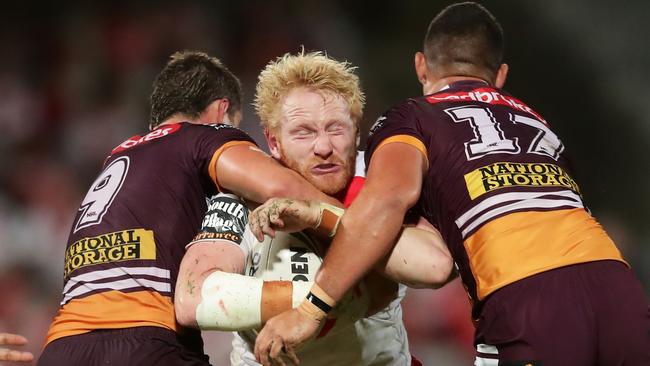
“Many former players, young and old, who listened to our Head Noise podcast have personally contacted me, searching for a silver bullet to remedy their issues.
“There is no silver bullet – it is an incredibly complex issue.
“All I know is we need to do more, because players don’t know where to go for help.
“They are suffering in silence.
“No one wants sympathy. We live great lives – some without the game would be in a worse spot – but all that said, it comes at a price. Now we are asking governing bodies to help us.”

Graham, who played more than 400 games and has sustained brain damage, said he would welcome an opportunity to discuss his concept of a brain/body/mind check-up with NRL bosses Peter V’landys and Andrew Abdo.
On Wednesday, the ARL Commission joined the AFL and World Rugby in introducing a mandatory stand-down period for concussion.
The NRL’s move came 24 hours after the announcement that more than 60 former players were suing the AFL in a landmark class action against the code.
AFL players aged from their 30s through to their 80s alleged they were suffering brain injuries, including probable CTE, due to the game.
Dual Geelong premiership player Max Rooke is the lead plaintiff in the writ lodged in the Supreme Court of Victoria on Tuesday.
In a statement on news of the concussion rule change, ARLC chairman V’landys said NRL player safety was of paramount importance.
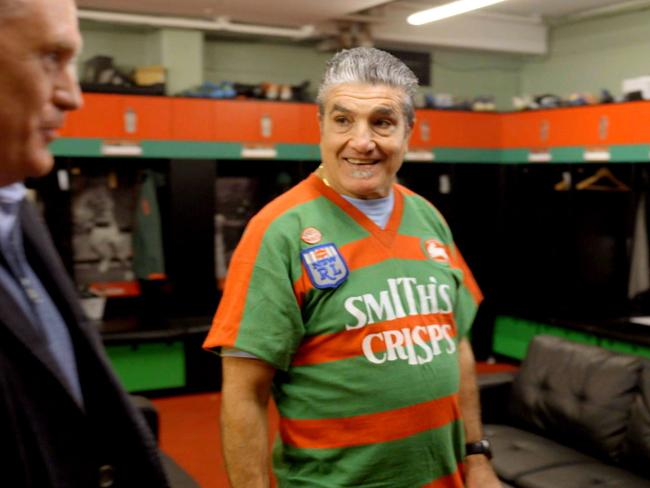
In recent times, the NRL has been rocked by the loss of former halfback and Cowboys coach Paul Green, who was suffering stage three chronic traumatic encephalopathy, while champion ex-player Mario Fenech has been diagnosed with probable CTE.
CTE is a brain disease linked to repetitive head knocks.
“There is no greater priority for us than player safety. It’s front and centre of everything we do,” V’Landys said.
“Our current head injury protocols are exceptionally strong. Following a review of the data and the expert advice we have received, the commission have enhanced these protocols even further by providing a mandatory 11-day stand-down period following a diagnosed concussion.”
However, the NRL says in “exceptional circumstances” clubs can apply for exemption. To do so, the player needs a review by an “independent” neurological expert “appointed by the NRL” as well as other caveats.
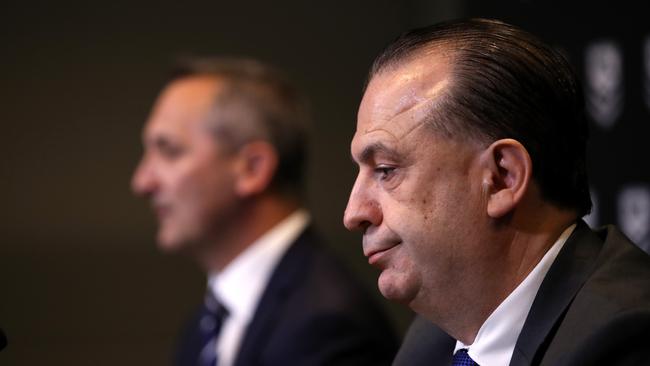
The club can apply for a player to be exempt from the 11-day rest only if:
• Category one signs/symptoms are not observed. Category one symptoms include loss of consciousness, failing to protect oneself when falling and unsteadiness on feet. Players who show these signs are instantly ruled out of matches;
• The player is asymptomatic the day following the concussion;
• Cognitive testing has returned to normal;
• The player has suffered fewer than five previous career concussions;
• The player has no previously diagnosed concussions within the previous three months; and,
• The player has no history of a previous concussion with prolonged recovery.
Neurologists such as Rowena Mobbs, who has treated the likes of Graham and Fenech, say it should be at least a 28-day stand-down period.
Graham reached out to the National Hockey League in the US, which has set up an alumni program to care for ex-athletes.
“I have thought very deeply about this, and what the positive impacts could be; speaking to the NHL alumni, and the positive impacts it had there, they look at their alumni association as honouring the past,” he said.
“This could be a real legacy piece for the NRL. But let’s not say we care, and just bring them to old boys’ day. Show we care by showing ... they have a place to go to, to have their body and brain checked up.”


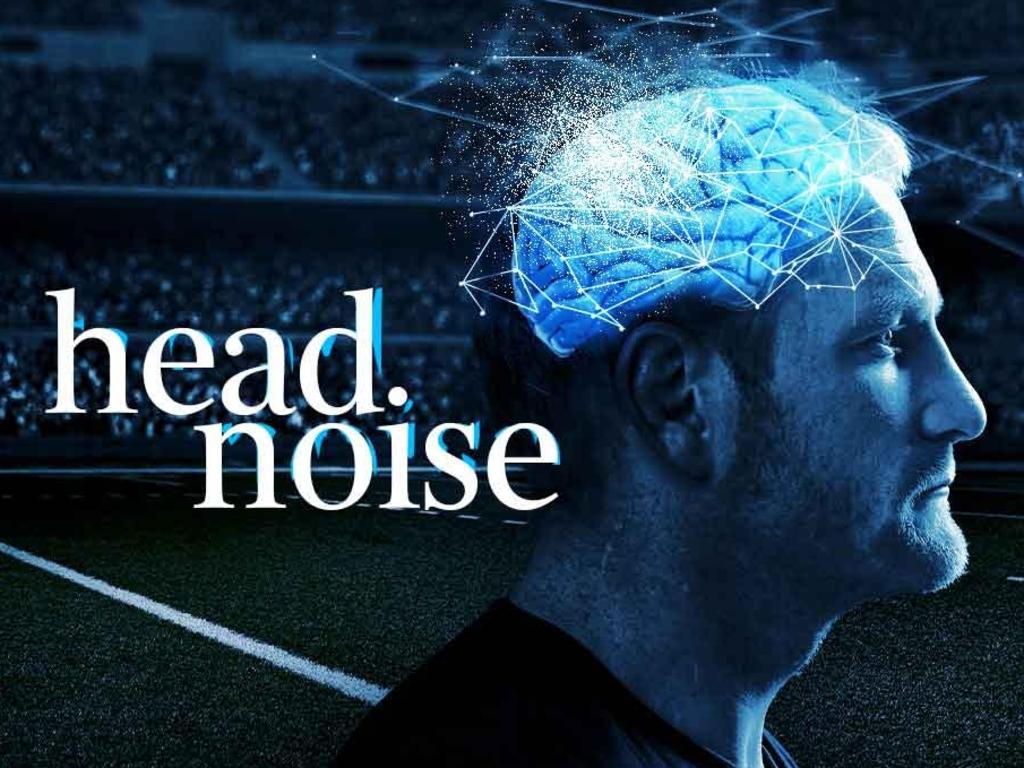
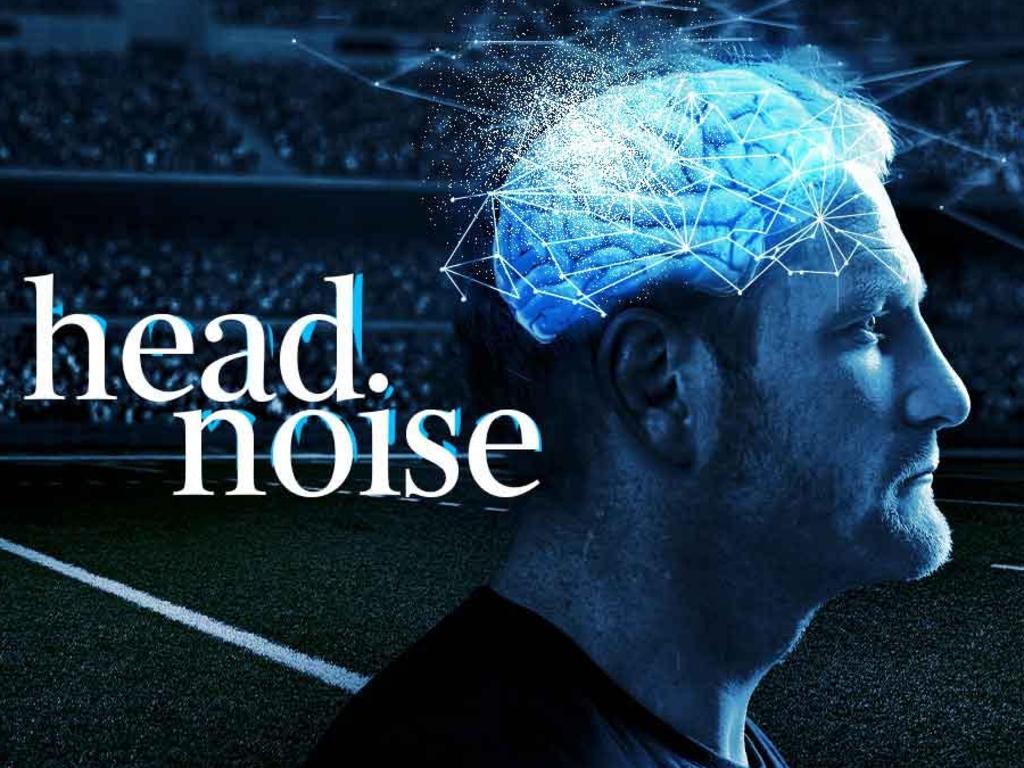
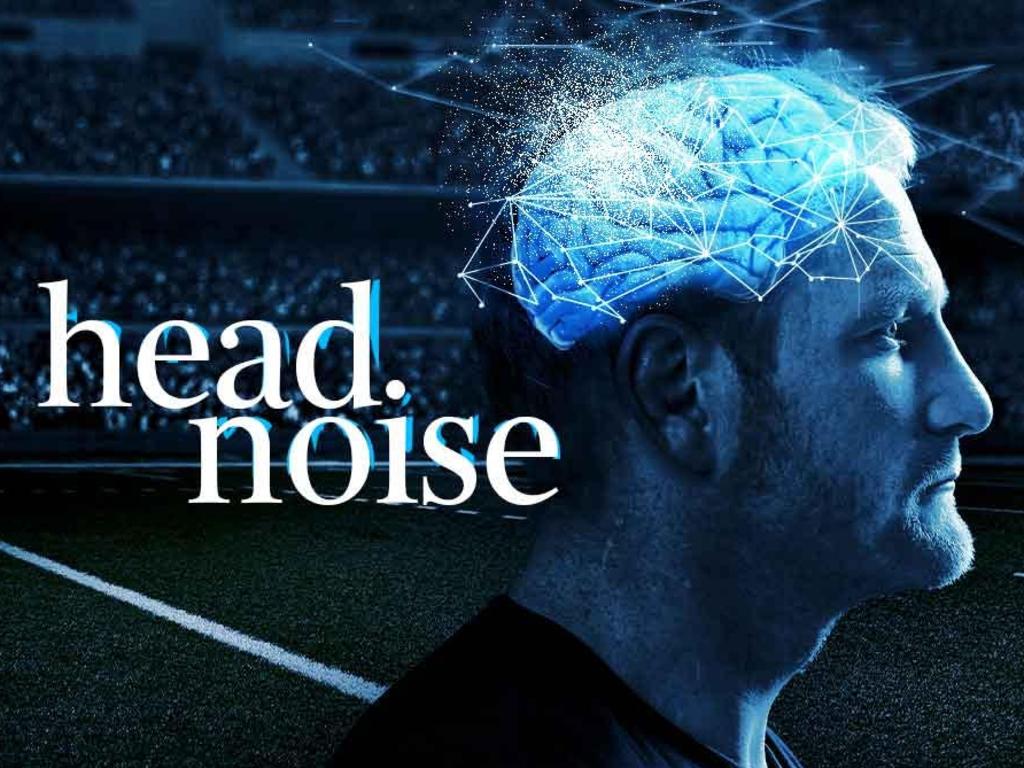
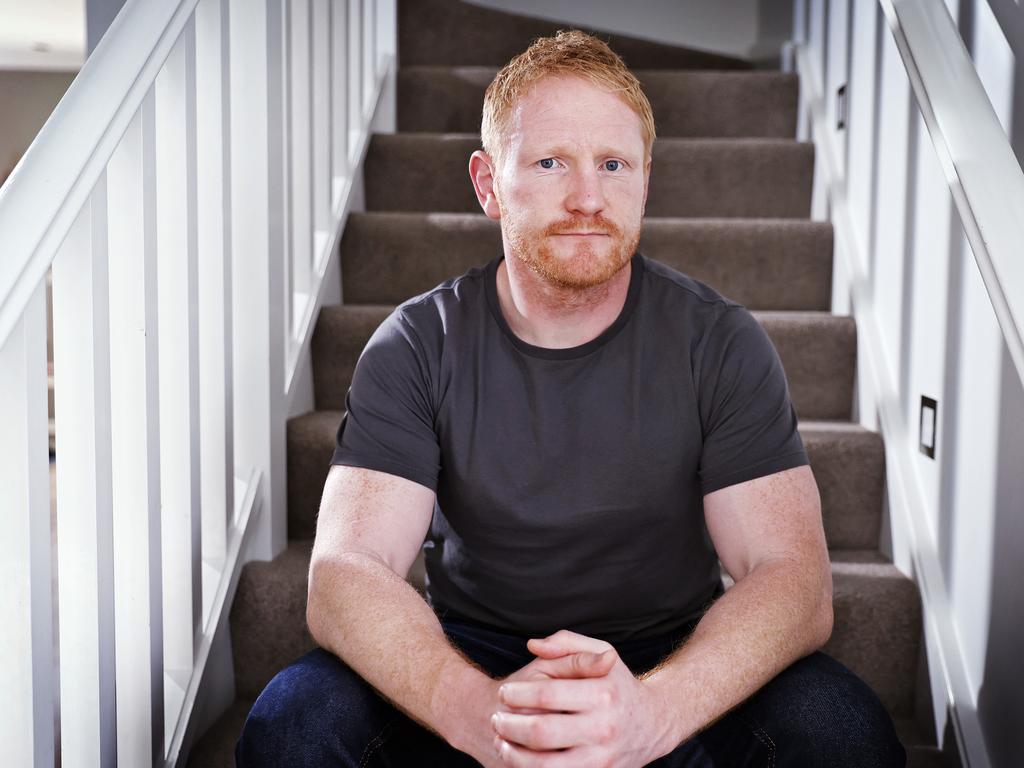


To join the conversation, please log in. Don't have an account? Register
Join the conversation, you are commenting as Logout